Reportar esta entrada
Más sobre la misma comunidad-colección
Familia Woody & Gayle Hunt Unidad de Cuidados Intensivos de Pediatría
The generous $1 million dollar gift of the Hunt family named the ...
Recepción en honor de la Dra. Jeanne Novotny
Community leaders and government officials met the founding dean ...
Joshua Hunt y Alejandra De La Vega Foster
Even when construction on El Paso's first Triple-A stadium ...
Los hermanitos Ribas se adueñan de Hueco Tanks
Felipe and Lluc Ribas at Hueco Tanks site 17 during the 2013 ...
Nueva era de Lucha-Presentado por Only In El Paso Serie 2 (Exclusivo en El Paso, Serie 2).
Seen any wrestling matches in the back alleys of El Paso lately? ...
EPCC otorgado el Premio Aspen de los diez mejores colegios comunitarios
El Paso Community College (EPCC) was awarded the Aspen Prize Top ...
Nueva era de lucha - Sólo en El Paso - Vídeo
Seen any wrestling matches in the back alleys of El Paso lately? ...
Reunión de antiguos alumnos de 1969 - Academia Loreto
Mary Lou Galaviz Flores at a reunion of class of 1969 for ...
Baliza de Pasotex en el Mte. Franklin
This is the Pasotex aircraft beacon which was located on Mt ...






















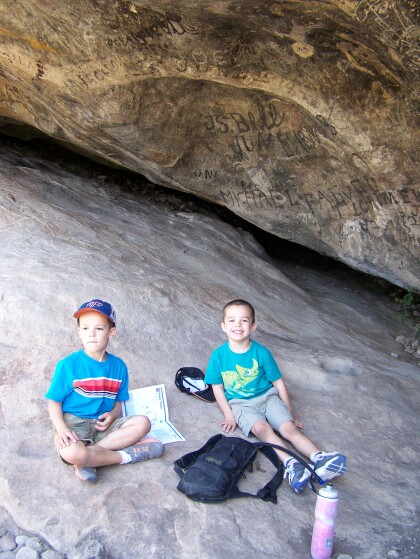

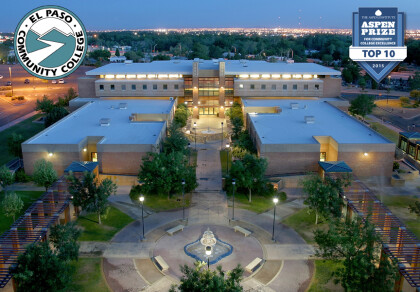

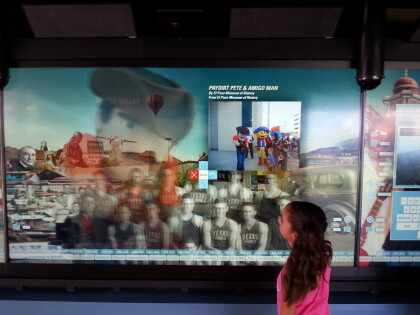
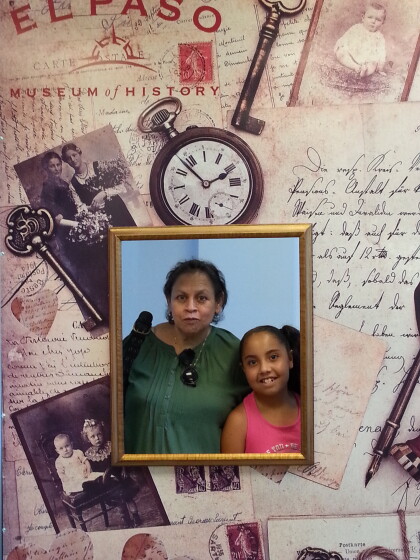



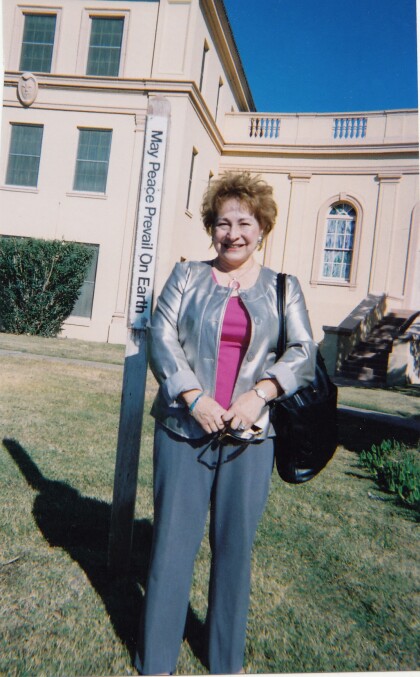

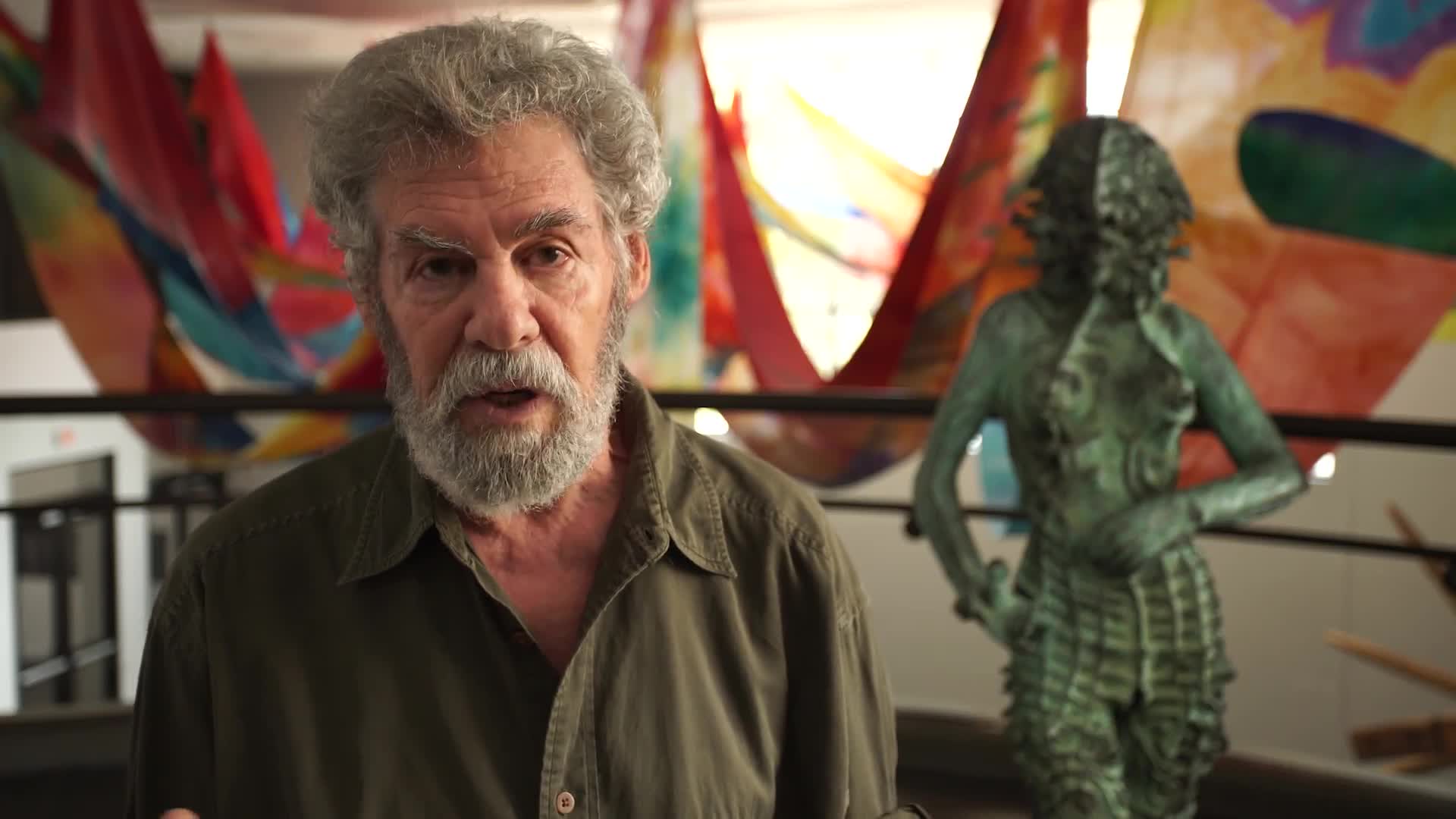
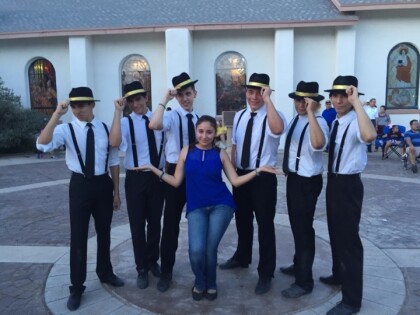

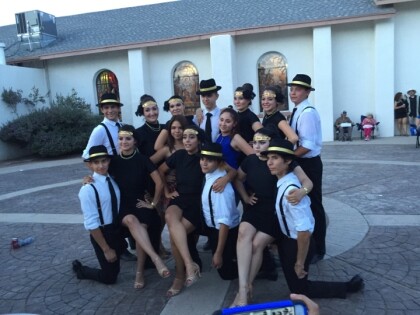
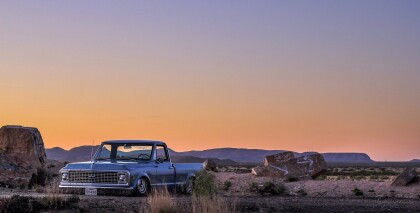
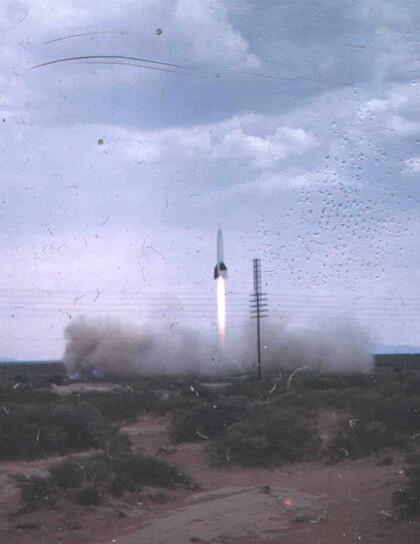
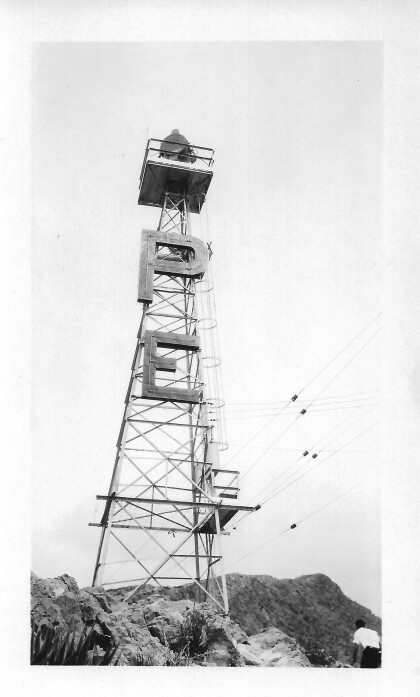
Comentarios
Hacer un comentario